Koeberg Nuclear Power Station
Koeberg Power Station is the only nuclear power station on the African continent. It is situated at Duynefontein, 30km northwest of Cape Town in South Africa on the Atlantic coast. Koeberg ensures a reliable supply of electricity to the Western Cape one of the fastest growing regions in South Africa. It has operated safely for more than 21 years and efficiently for a decade and has a further active life of 30 - 40 years.
The stations' two reactors supply 1 800MW or 6% of South Africa's electricity needs. Koeberg has produced more than 81 000 million kWh of electricity since 1984 using seven and a half tonnes of uranium:
Koeberg is a strategic water user and saves 22 billion litres of fresh water per annum. The condensers are cooled by means of sea water, which is returned to the sea after use. The sea water is not consumed. In a similar period of time, a coal-fired power station of the same size would use, more that 50 million tons of coal and 160 000 million litres of scarce fresh water. The fresh water would be consumed entirely. South Africa's fresh water resources are extremely scarce and, at current economic and population growth rates, South Africa is expected to experience a permanent water shortage from 2020.
Koeberg's two reactor containment buildings are made of concrete 1m thick, lined with steel. They are designed to ensure that no radiation escapes under any conceivable circumstances, from an earthquake to a jumbo jet collision.
Koeberg has created skills and provided jobs, homes and medical facilities. Koeberg employs approximately 1 200 people. Indirectly, the station creates about another 600 local jobs off-site, and about 2 000 jobs in the general South African nuclear industry.
Visitors centre hours
- 08:00-16:30 (Monday to Thursday)
- 08:00 –13:30 (Every Friday)
- The centre is closed on weekends and public holidays
The visitor centre offers:
- An exhibition that explains everything from how a nuclear reactor operates, to waste and radiation, not forgetting safety precautions and Koeberg's commitment to the environment.
- A well equipped auditorium where skilled and experienced staff members introduce visitors to Eskom, the Generation Division and Koeberg Power Station by means of video's and informative presentations.
- Staff members who will be more than happy to answer your questions and tailor make a program for your special needs as far as possible.
- Visitors are also encouraged to enjoy the beautiful private reserve surrounding the power station. Well-marked hiking trails take the visitor through areas of pristine fynbos and strandveld and are also ideal for bird watching.
When you switch on your television or log on to your computer or light up the living room, do you ever stop to think that some of that electricity comes from a nuclear power plant? Well try this: nuclear energy currently provides 16 percent of the world’s electricity and through the Koeberg Nuclear Power Station near Cape Town, it powers most of the Western Cape and supplies approximately 6 percent of South Africa’s total electricity needs. Koeberg in fact plays a vital role in ensuring a reliable supply of electricity to the Western Cape, one of the fastest growing regions in the country. Koeberg has been generating electricity for the past 24 years (1984 -2008). Work began shortly after the contract with the French consortium was signed in 1976. In 1984 Koeberg started their commercial operation Koeberg is located 30 km north of Cape Town because:
¨The economic and industrial development of the surrounding area caused an increased demand for electricity;
The Duynefontein area is geologically stable
The cold water of the Atlantic Ocean is ideal for cooling
Eskom’s national grid is easily accessible;
Koeberg is responsible for the electricity supply of the Western Cape, making it less dependent on Mpumalanga Power stations 1 500 km away
Koeberg’s outdoor education programme, which forms part of Koeberg’s Nature Reserve, encourages visitors to hike through the reserve. The Dikkop Trail (9.5 –23.3km), Grysbok Trail (2.5 –5.7 km) and Mountain Bike Trail (19km) will lead the visitor through the two naturally occurring veld types in the area sandveld and strandveld. There are beaches and dunes to enjoy and the outdoor enthusiasts will have a first-hand glimpse of the plant and animal life on the Reserve.
Note: Guided hikes are available by prior arrangement and can be done in conjunction with a visit to the Koeberg visitors centre.



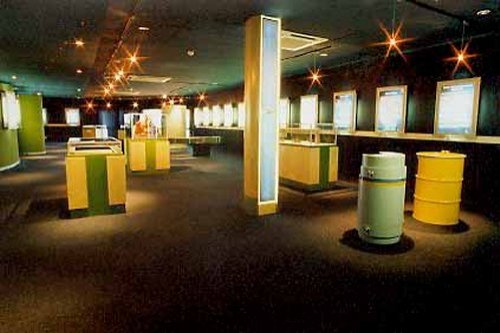
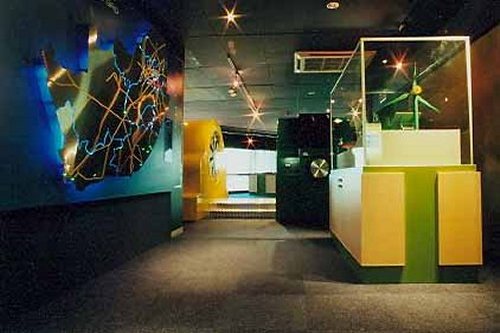
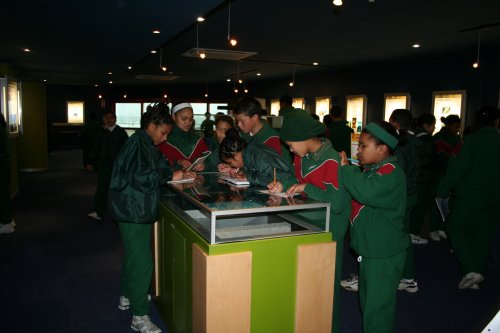
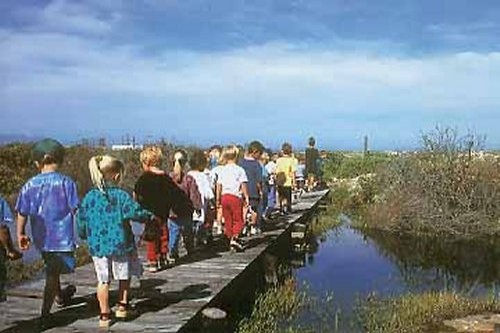

 
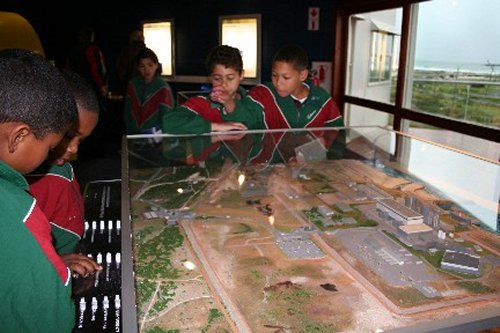
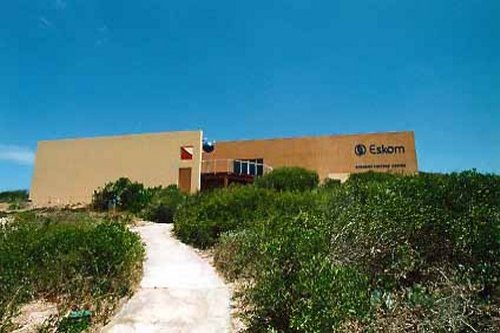
|